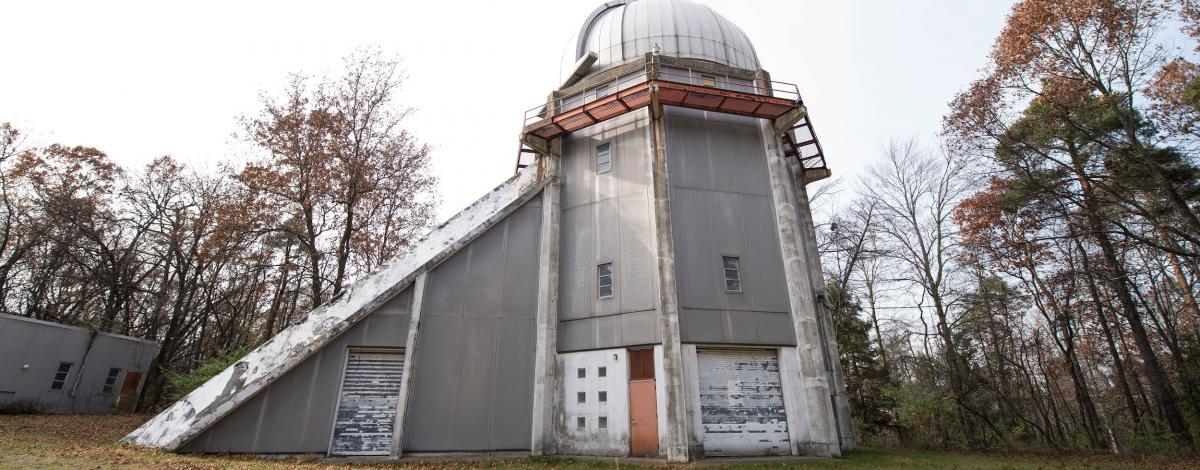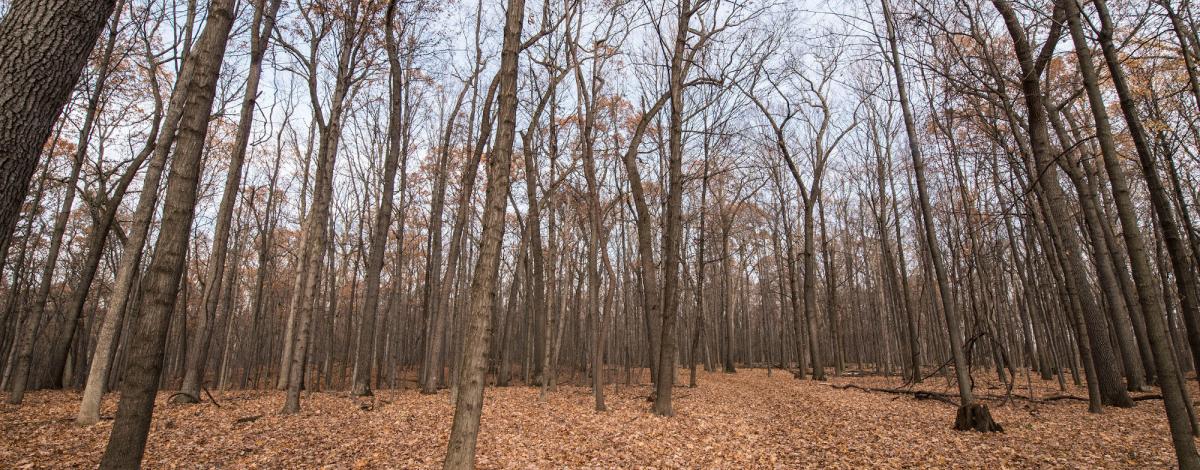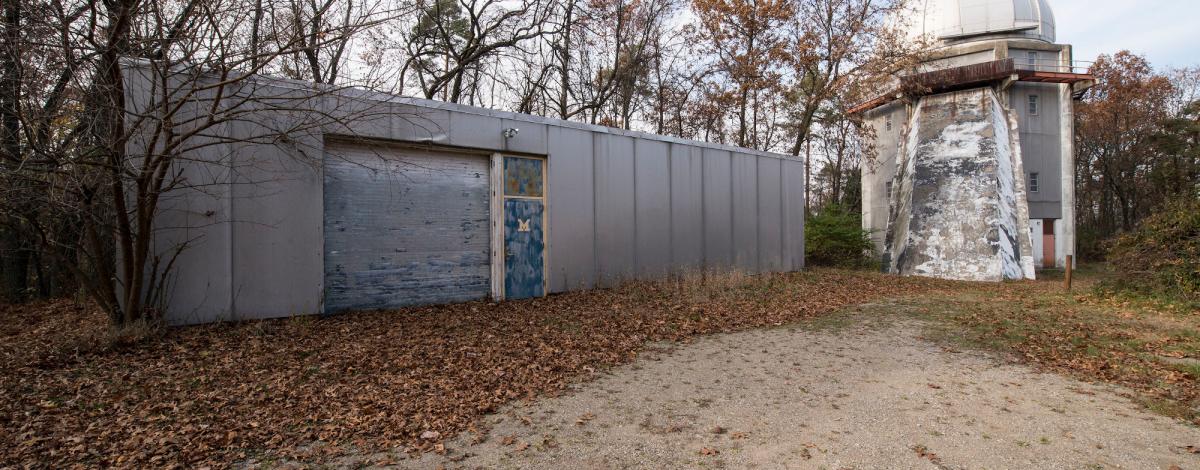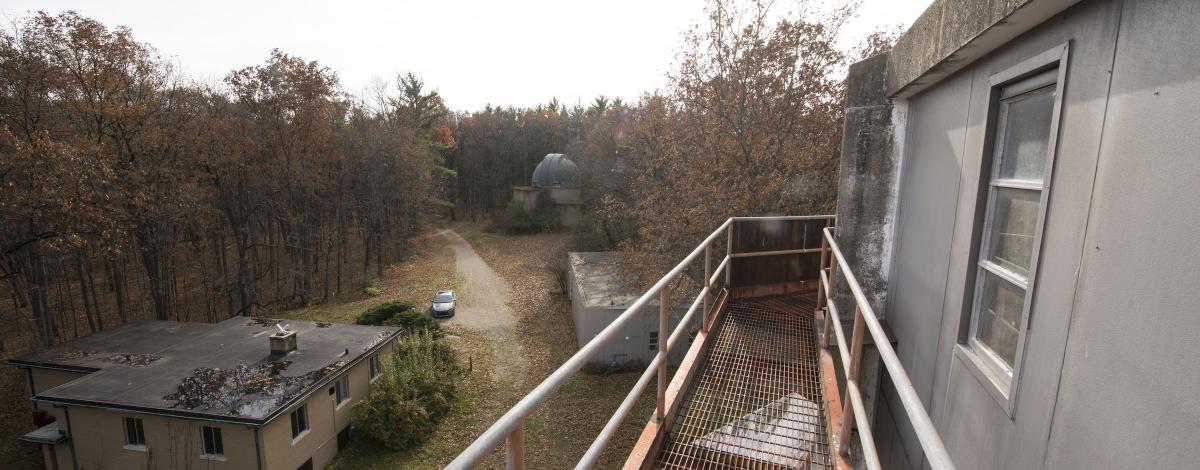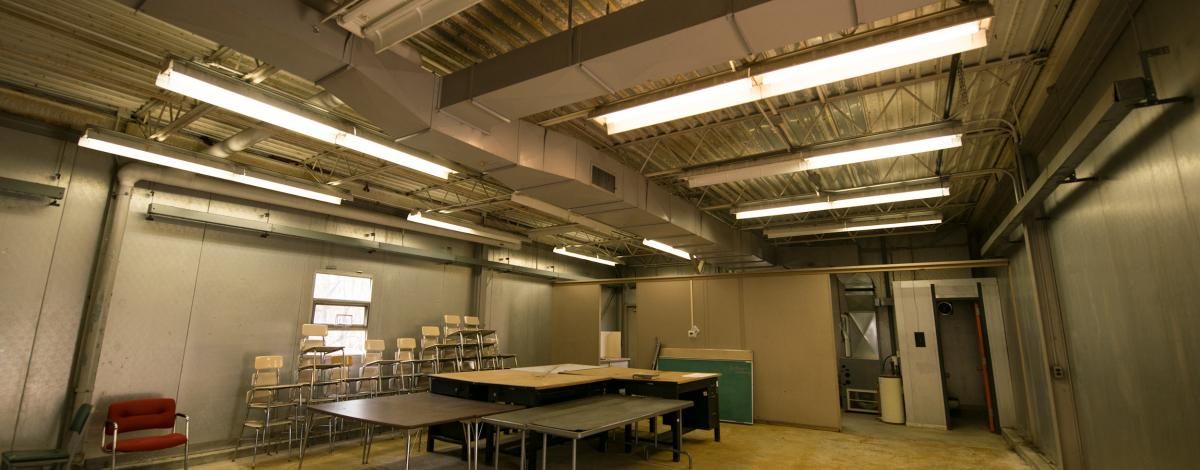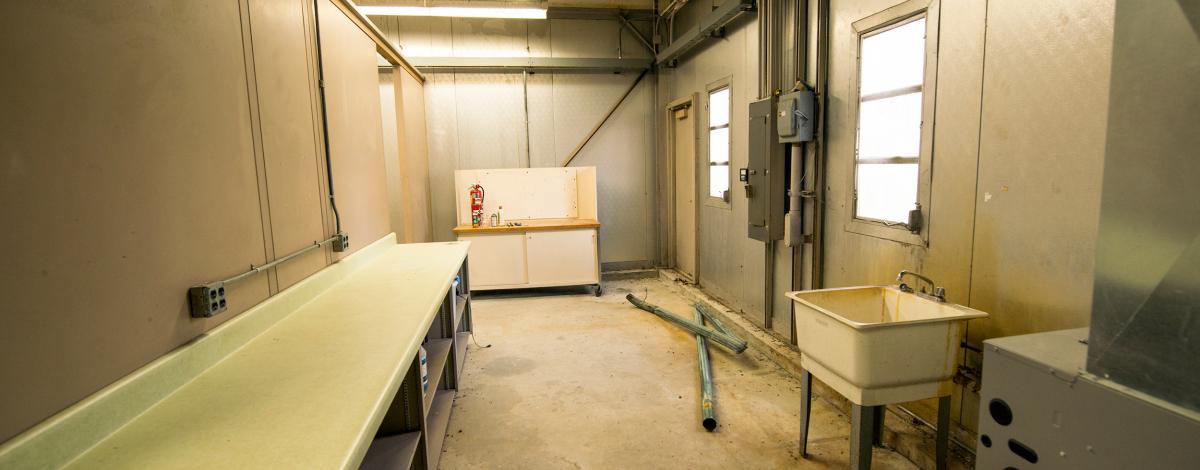
Stinchfield Woods
This property will be sporadically closed for tree-repair work. Please avoid entering the areas marked by signage to allow the tree professionals to work without disruptions, for your safety and theirs.
Stinchfield Woods, northwest of Ann Arbor off North Territorial Road, is a larger area where training in forest and sustainable ecosystem management takes place. The land was acquired in piecemeal fashion beginning in 1925. Now it comprises 777 acres of rolling hills reforested with hardwoods and evergreens. It serves as a field research area for demonstration of forest and sustainable ecosystem management for SEAS faculty and students.
Stinchfield Woods was deeded to the U-M in memory of the Jacob and Charles Stinchfield of Detroit. The Stinchfield brothers were descendants of the lumbermen that harvested Michigan’s giant white pine in the nineteenth century.
Public use of Stinchfield Woods may occur from dawn to dusk only. Further,
- Dogs must be on a leashes at ALL times.
- No vehicles are permitted on-site except those approved for research and teaching. No bicycles (motorized nor non motorized) are permitted on the property.
- Some parking is available at Stinchfield woods road, as long as the gate is easily accessible at all times by caretaker and especially emergency vehicles. There is no parking at the Territorial Gate. Any vehicles found at Territorial Gate and blocking either gates are subject to being towed at the owners expense.
- Cutting or collecting of plants and hunting or harming of vertebrates are not permitted.
Stinchfield Woods is largely forested, though there are some old fields and open areas. Forests include 281 acres of native hardwoods (mixed oak-hickory forest) and 372 acres of conifer plantations, which were planted after acquisition on cleared land and on low quality or poorly stocked hardwood sites. These plantings include red pine, white pine, scots pine, and jack pine; red cedar, white cedar, sugar maple, Douglas fir, Norway spruce, European larch, Japanese larch, Jeffery pine, Australian pine, and ponderosa pine.
Soil
Major soil types found on the site include:
- Adrian muck
- Blount loam, slope, 0-2%
- Boyer loamy sand, 0-6% slope
- Boyer loamy sand, 6-12% slope
- Boyer loamy sand, 12-18% slope
- Boyer loamy sand, 18-25% slope
- Boyer loamy sand, 25-40% slope
- Fox loamy sand, 18-25% slope
- Houghton muck
- Morley loam, slope 18-25%
- Oshtemo loamy sand, slope 0-6%
- Oshtemo loamy sand, slope 6-12%
- Spinks loamy sand, slope 0-6%
- Spinks loamy sand, slope 18-25%
- Wasepi sandy loam, slope 0-4%
Topography
Elevations range from 880 to 1058 feet above sea level (the top of Peach Mountain, the highest point in SE Michigan). The variable elevation creates slopes which average 30 degrees for a 200 foot run. The topography reflects the effects of glaciation, including kames, moraines, and outwash areas. There is no surface water (lakes or streams) due to naturally draining topography and well drained soils.
Caretaker's house, meeting room with meeting space and a bathroom, and 2 observatory buildings.
Educational use
Stinchfield is used for student labs and independent projects by University of Michigan students in a variety of courses, including Soil Ecology, Woody Plants, Biology of Fungi, Ornithology, GIS, and Field Ecology.
Research use
Stinchfield Woods has been used to complete research for over 70 master’s theses or dissertations (see below) and over 100 publications. Most studies focused on the forests and plantations in Stinchfield Woods, including silivicultural practices, succession, forest pests, wildlife, and soil ecology. Kathleen Bergen and Shannon Brines at the UM Environmental Spatial Analysis Lab have also collected, digitized, and analyzed spatial data on the management history, long-term (50 year) changes in forest structure and diversity after management cessation, and land-cover and land-use changes surrounding Stinchfield Woods, as well as Saginaw Forest and Newcomb Tract.
Public use & outreach activities
Stinchfield Woods provides a place for outdoor recreation activities such as hiking and bird watching for local residents during daylight hours. The Friends of Stinchfield Woods is an organization of interested public users. This group has coordinated an annual April litter clean-up of the property for over 20 years. For more information contact SEAS-Facilities@umich.edu.
Other uses/public engagement activities in Stinchfield Woods (compiled by former caretakers) include:
- Boy Scouts orienteering exercises, multiple times per year
- Cross country runners from a local high school meet at the observatory for group runs
- Mushroom class has an annual outing in the fall
- Breeding Birds Survey is conducted by volunteers annually in early June
- The University Lowbrow Astronomers, an amateur astronomy club based in Ann Arbor, holds public open houses at night for stargazing
- U-M DPSS sometimes use is a search-and-rescue training site
Stinchfield Woods is easily accessible excellent field properties with many opportunities for use, but they have not been as actively used or managed since the mid 1980s as when they were first acquired. A comprehensive review of potential uses in a 1993 Master’s Project publication “Stinchfield Woods: A vision for the Future” (see Dake et al. 1993) included the following recommendations, many of which are still applicable for this site: "(1) create an administrative structure for managing the property and facilitating communication among property users, (2) raise funds, (3) promote teaching and research activities on the property, (4) develop a long-term management plan for Stinchfield Woods’ conifer and hardwood stands, (5) manage recreation use, and (6) increase maintenance."
Specific additional opportunities at this site:
- Potential ecological restoration research and teaching (and public outreach partnered with NGOs) for certain portions of the site - invasive species removal, prescribed burns, plantings, etc. Invasive species include oriental bittersweet, Japanese honeysuckle, garlic mustard, as well as autumn olive, which is less prevalent in the Ann Arbor area.
- Succession studies of old fields and old road cuts within or surrounded by forested areas.
- Potential to set up restoration agriculture plots, sometimes described as a hybrid between ecological restoration and sustainable agriculture and often employing woody perennial polyculture based systems. Stinchfield Woods is a promising site for a U-M Sustainable Food Research Program farm site, given its “existing open areas and some infrastructure that have been used for a student agro-ecological study in the past” that would “allow for more easy conversion to farm space.” (see UMSFS Handbook 2013)
- Buildings on site could be subject for sustainable building and energy analysis. Specifically, the 85 foot south-facing wall of the observatory could serve as a test or demonstration site for solar panels.
- Community engagement studies and outreach activities.
WUOM's transmission tower is located on the property.
